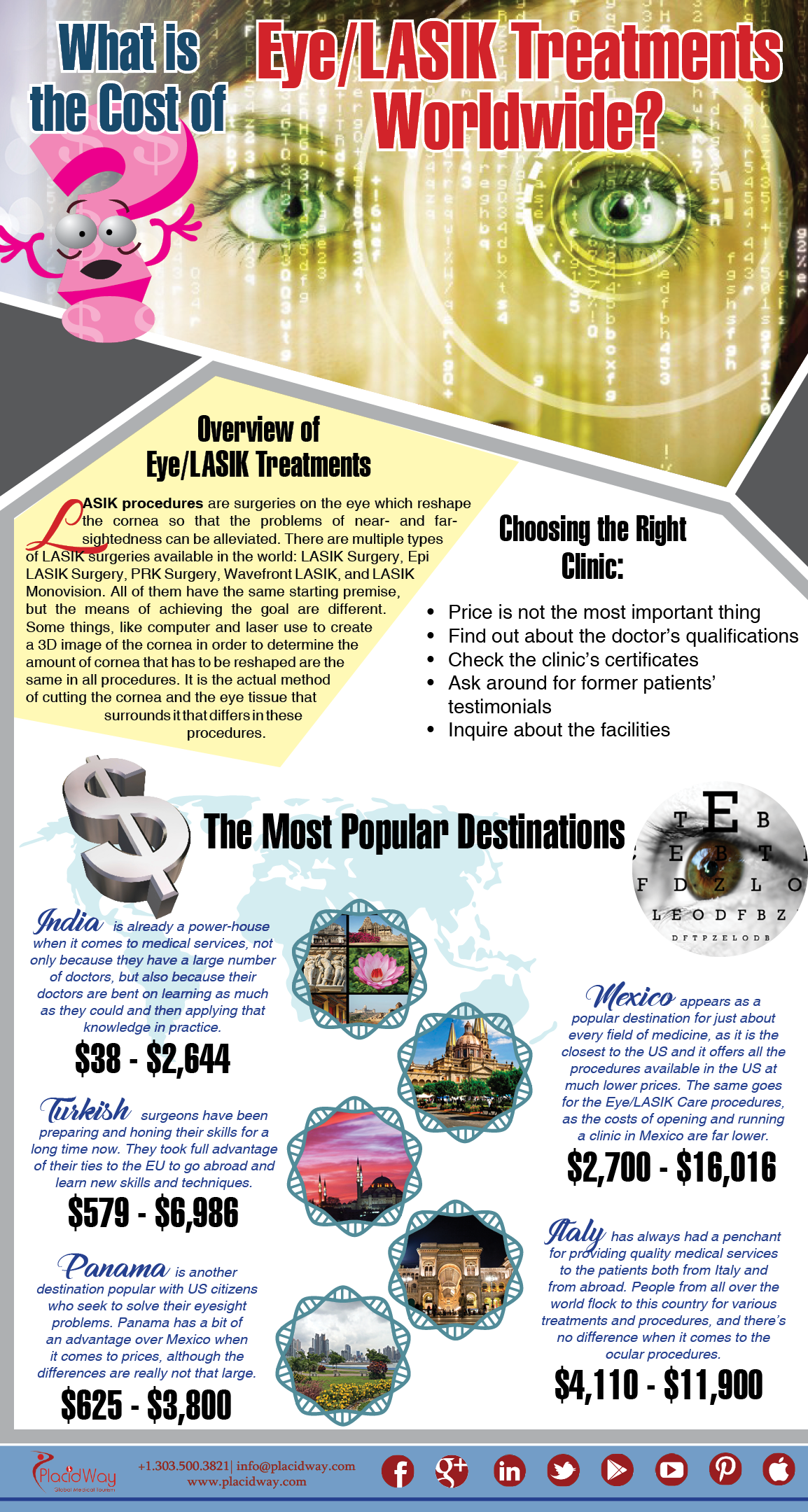The Extensive FAQ On Refractive Lens Exchange: Everything You Must Hear About
The Extensive FAQ On Refractive Lens Exchange: Everything You Must Hear About
Blog Article
Material Author-Hunter Byers
If you're considering refractive lens exchange, you possibly have a great deal of inquiries. This treatment could transform just how you see the globe, providing benefits like minimized reliance on glasses. Nonetheless, it's essential to understand the procedure, dangers, and that qualifies as a good prospect. Let's discover these essential facets so you can make an enlightened decision concerning whether RLE is right for you.
What Is Refractive Lens Exchange and Exactly How Does It Function?
Refractive lens exchange (RLE) is a surgery developed to replace your eye's natural lens with a man-made one, correcting vision issues like nearsightedness, farsightedness, or presbyopia.
Throughout the procedure, your surgeon makes a tiny cut in the eye, removes your all-natural lens, and inserts an intraocular lens (IOL) customized to your vision requires. This outpatient surgical procedure typically takes about 15 to half an hour per eye and is carried out under neighborhood anesthetic.
You'll likely notice renovations in your vision almost quickly, though full healing may take a few weeks. RLE is particularly advantageous for those over 40 or with high prescriptions, using a durable solution compared to glasses or call lenses.
Your eye care professional can assist identify if RLE is right for you.
What Are the Perks and Dangers of Refractive Lens Exchange?
Picking refractive lens exchange can result in significant renovations in your vision, yet it is essential to weigh both the advantages and risks prior to making a decision.
On the bonus side, this procedure can enhance your vision by fixing problems like presbyopia, myopia, and hyperopia. Lots of people take pleasure in minimized dependancy on glasses or get in touch with lenses, which can considerably boost their lifestyle.
Nevertheless, it's important to take into consideration prospective threats. Difficulties can include infection, glow, or halos around lights.
There's likewise a possibility of overcorrection or undercorrection, which may call for extra procedures.
Who Is a Perfect Prospect for Refractive Lens Exchange?
If you're taking into consideration refractive lens exchange, it is very important to understand whether you fit the account of an ideal prospect. Normally, https://ktar.com/story/2768764/see-20-20-in-2020-with-new-technologies-in-eye-care/ may be a good candidate if you more than 40, experience presbyopia, or have high levels of nearsightedness or farsightedness.
https://telegra.ph/Refractive-Lens-Exchange-A-Comprehensive-Guide-To-Better-Vision-04-02-13 's additionally essential that your vision is steady, meaning your prescription hasn't changed dramatically in the past year. If you have cataracts or various other eye problems, you could benefit from this procedure also.
However, specific factors, like unchecked diabetes mellitus or autoimmune conditions, might disqualify you. To identify your candidacy, seek advice from an eye care specialist that can review your particular scenario and suggest the most effective course of action tailored to your demands.
Verdict
In conclusion, refractive lens exchange can be a transformative alternative for improving your vision, especially if you more than 40 or have a high prescription. While the benefits are substantial, it's essential to weigh the threats and talk to your eye treatment specialist to figure out if you're an excellent candidate. With the appropriate information and guidance, you can make a notified decision and potentially enjoy a life with decreased reliance on glasses.
